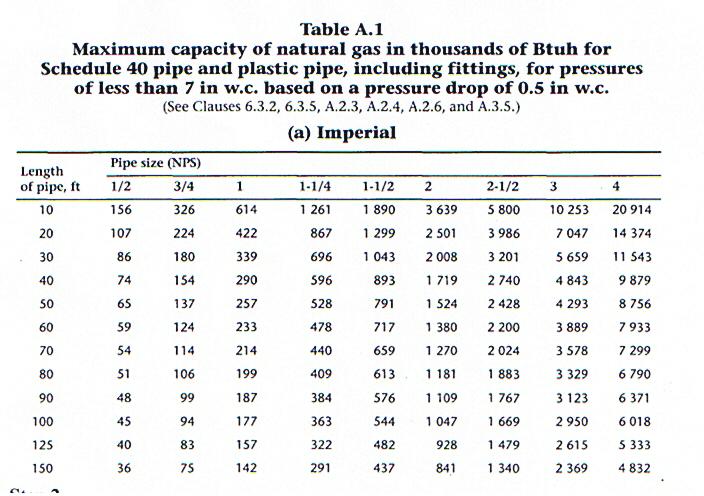Whether you need to bore your valves or not depends on if they were originally setup for propane. The orifice on propane is smaller, so you definitely need to bore those out if you are moving to NG. I have installed two of the blower fans on my rig. The original was for my boil kettle, but I have since added one to my HLT. Because it is so much more efficient than without the blower, I now heat my MLT strike water in my HLT and them move it over once it hits a set temp. I then use the MLT burner (low output) to get/keep the strike water at temp for mashing in. I'm doing 15 to 22 gallons of liquid in my kettles and there is no way I could get there without the air assist.
Do a test on your own system like my original tests I showed - e.g. use an air gun at very low pressure. You will see the difference immediately. I'm actually toying with the idea of drilling out one of my valves to do a new test with an even higher NG flow rate. Normally, you wouldn't be able to do this as the NG flames would be yellow and sooting and no real heat, but with the blower fans on there, I think I can even increase the NG flow rate over the normal valves.
Just play with it and you'll see what you can do.
Do a test on your own system like my original tests I showed - e.g. use an air gun at very low pressure. You will see the difference immediately. I'm actually toying with the idea of drilling out one of my valves to do a new test with an even higher NG flow rate. Normally, you wouldn't be able to do this as the NG flames would be yellow and sooting and no real heat, but with the blower fans on there, I think I can even increase the NG flow rate over the normal valves.
Just play with it and you'll see what you can do.







![Craft A Brew - Safale BE-256 Yeast - Fermentis - Belgian Ale Dry Yeast - For Belgian & Strong Ales - Ingredients for Home Brewing - Beer Making Supplies - [3 Pack]](https://m.media-amazon.com/images/I/51bcKEwQmWL._SL500_.jpg)



















































